A 50% import tariff on copper is set to go into effect on August 1, leaving many clean energy manufacturers wary of rising costs and critical mineral scarcity. A Colorado start-up may have found a way to quell the tide.
Endolith Mining, an AI-powered biotech platform, uses custom microbes to increase copper and lithium recovery rates in low-grade ores, while minimizing mining’s environmental impact. According to the startup’s founder and CEO, Liz Dennett, microbes are the “unsung superheroes” of the energy transition that can help us get more out of what we’re already mining.
“70% of the copper left on the planet is trapped in ores that are incredibly difficult to get to,” Dennett told pv magazine USA. Copper is a key component of a solar array, as the wiring, inverters and various cables rely on it; an average system can contain five-and-a-half tons of copper per megawatt.
Dennett, who’s a NASA-trained astrobiologist by trade with years of experience working in cloud architecture at AWS before founding Endolith, said that it can take between 12 and 17 years from finding a new source of ore to actually getting first material out of it. While the administration’s tariffs were levied in an attempt to bolster domestic copper mining, the long lead-time on new mines spells slow going ahead.
“Tariffs don’t create copper,” Dennett said, “They just make it more expensive.”
“We need to unlock the copper we already have,” she explained, adding that the U.S. has “world-class” deposits. Currently, low-grade ores are processed through hydrometallurgy, which pulverizes the ores before spraying them with sulfuric acid to break them down further into component metals. But, Dennett pointed out, separating copper from the other metals in the ore is tricky. That’s where microbes come in.
Endolith uses a mix of proprietary microbe communities to “eat” the rock away and transform the copper into a usable solution. Every time the microbes are exposed to a different kind of ore, the resulting data is gathered and fed back into the next generation of microbes using the company’s cloud-based machine learning platform.
“Most conventional systems top out at 50% recovery, especially with tough ores like chalcopyrite,” Dennett said, adding that Endolith’s microbes produce “dramatically higher” results that can change the equation. “We do what I like to call ‘obsessive optimization’ that’s less of a ‘set-it-and-forget-it’ model and more of a ‘can-I-get-more’ approach.”
And, if mining waste or tailings are added into the microbial breakdown process, Dennett said that we can bring “billions of dollars of copper” into the ecosystem and help bolster supply.
“The solar industry can’t afford to be at the mercy of global politics,” Dennett added, saying that reaching domestic mineral independence means “we either have to play a really long game, or we have to get more from the existing sites we have.”
Doing so “starts with the material we’ve already mined and thrown away.”
This content is protected by copyright and may not be reused. If you want to cooperate with us and would like to reuse some of our content, please contact: editors@pv-magazine.com.
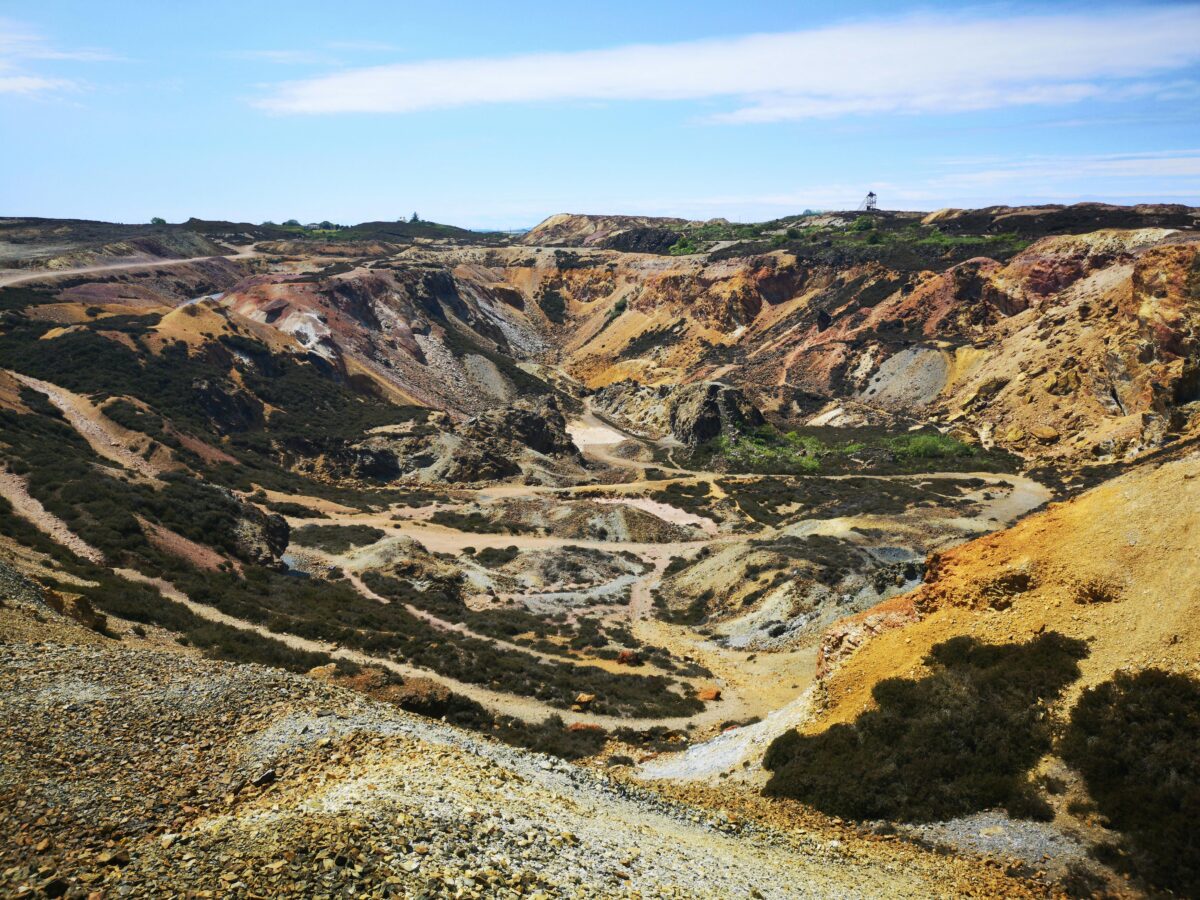
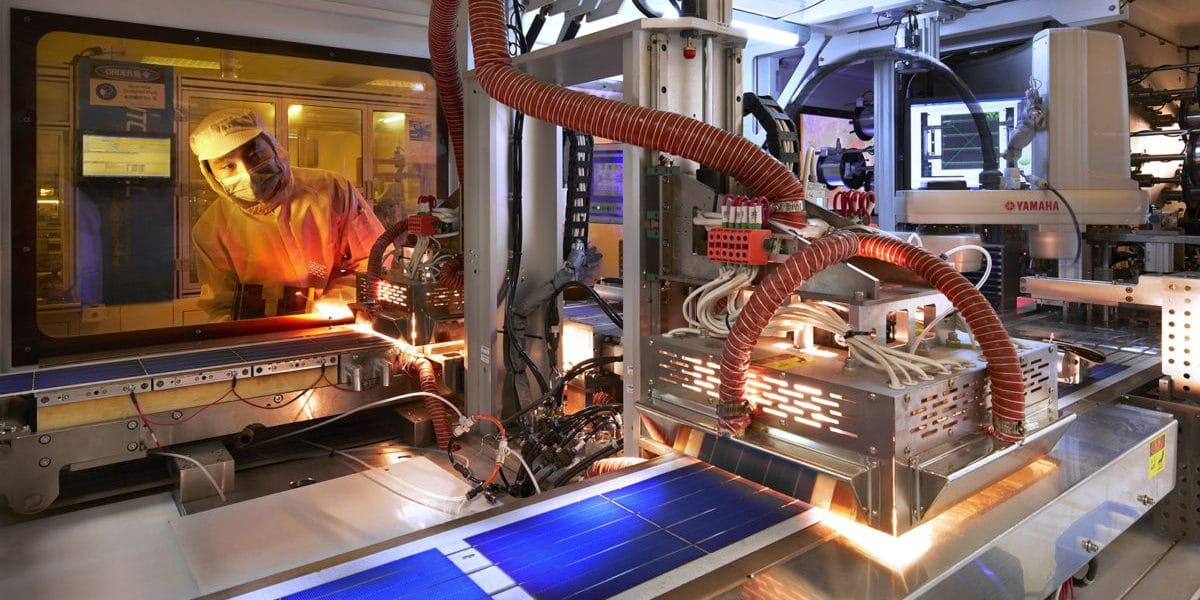



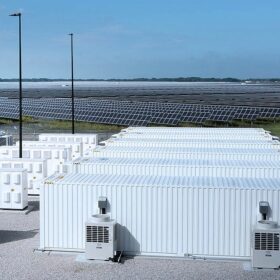

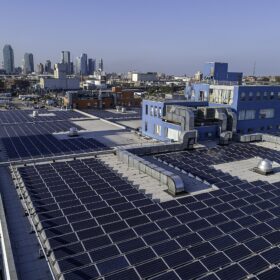
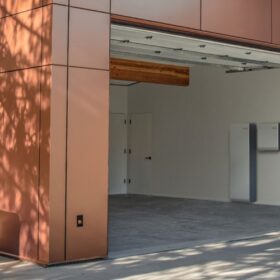
By submitting this form you agree to pv magazine using your data for the purposes of publishing your comment.
Your personal data will only be disclosed or otherwise transmitted to third parties for the purposes of spam filtering or if this is necessary for technical maintenance of the website. Any other transfer to third parties will not take place unless this is justified on the basis of applicable data protection regulations or if pv magazine is legally obliged to do so.
You may revoke this consent at any time with effect for the future, in which case your personal data will be deleted immediately. Otherwise, your data will be deleted if pv magazine has processed your request or the purpose of data storage is fulfilled.
Further information on data privacy can be found in our Data Protection Policy.